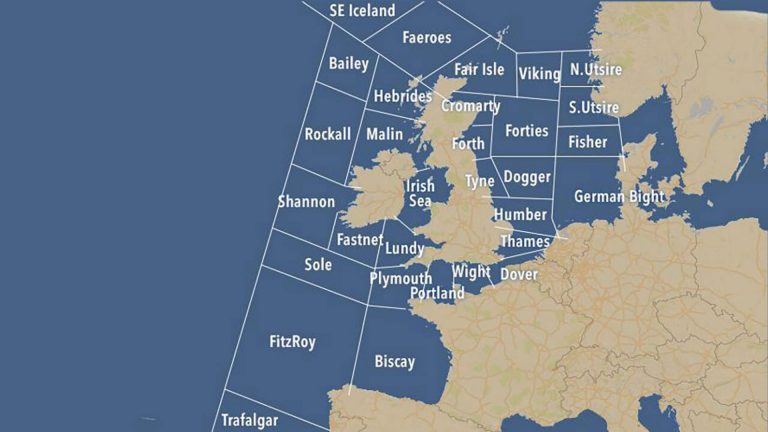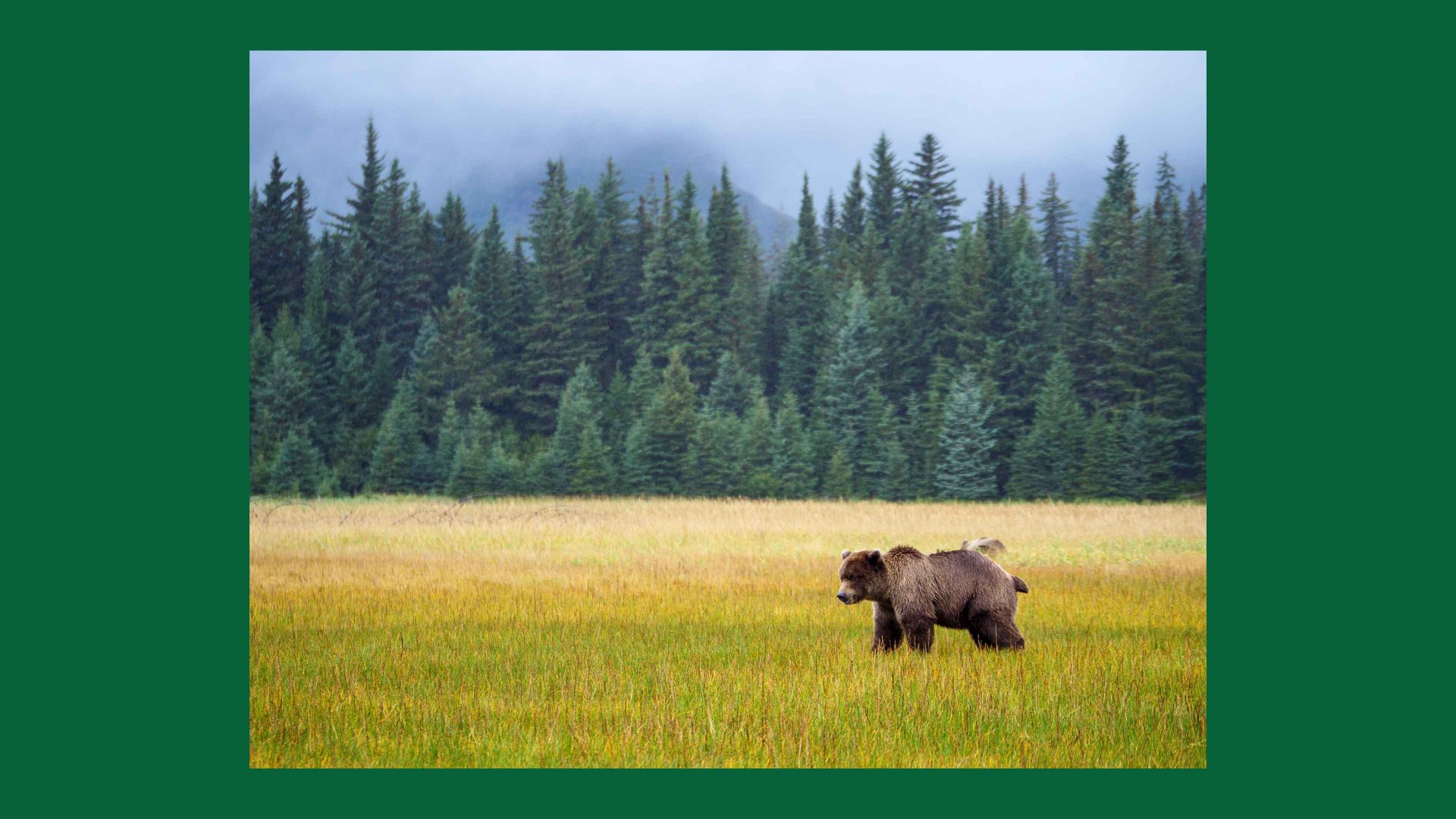1. There are eight species of mammals in the family Ursidae, a group of large shaggy carnivores with long snouts, small ears and non-retractable claws. Six of them are endangered.
2. The two that are in relatively good nick are the large American black bear, which can grow up to two metres long and 226kg in weight, and which has been largely protected from predation by having a habitat that stretches right across North America; and the positively enormous brown, or grizzly, bear, which can be up to three metres long and 600kg in weight.
3. This perhaps explains why Howard Mah and Lori Arnason, an unassuming Canadian couple who decided to celebrate their wedding anniversary last July by going for a hike in the Rockies, freaked out a little when they noticed a grizzly wandering after them and occasionally lunging at them. They responded by backing away, before making themselves look as large as possible.
4. This, remarkably, worked – and is, indeed, offered as official advice on how to scare off bears by the US National Park Service. Other suggestions include remaining calm; talking, so the bear understands you are a human not a prey animal; not climbing trees (they can follow); and moving slowly sideways, so that you don’t take your eyes off the bear. The agency also recommends hikers carry a special form of bear pepper spray.
5. The NPS is also at pains for you to know that, should you be attacked by a grizzly bear you should play dead, but if you are attacked by a black bear, you absolutely should not play dead. Got that? Good.
6. Bear attacks are actually fairly rare – the response to encountering people most common among bears is to run away – and in the whole of North America it’s a bad year when more than five people die due to bear attacks. That’s an order of magnitude lower than the number of people killed by man’s best friend.
7. Bears’ closest non-bear relatives incidentally are the other caniformia – dog-like carnivorans. These include seals, walruses, otters, raccoons and, well, dogs.
8. One reason these massive creatures are scared of us might be that humans have been hunting them for meat and fur for about as long as they’ve been humans. They’ve been training them to dance, or using them in bear-baiting, for rather less long; but let’s be honest, that’s not great either.
9. That isn’t the only reason there are six endangered species of bear – polar bears; sloth bears; sun bears; Asiatic black bears, or moon bears; spectacled Andean bears; and giant pandas – but it surely can’t have helped.
10. Places named after bears include the Swiss city of Bern, Big Bear Lake in California, Bears in Friesland, Netherlands, and Bear Craig hill in Scotland. Berlin, despite having a bear on its coat of arms, is probably not among them: its name more likely comes from a West Slavic word meaning “swamp”.
11. Bears hibernate for between two and seven months each winter, depending on climate; although some scientists, being the argumentative sorts that they are, have said it doesn’t count as true hibernation because they’re not sleeping the whole time. (Sometimes, indeed, they’re giving birth, which is quite a wakeful activity.)
12. Whatever you call it, though, northern bears do retire to their dens for several months a year, and spend the preceding period eating as much as possible to build up appropriate levels of fat reserves. Every October, Katmai National Park & Preserve in Alaska holds its annual “Fat Bear Week”, a knock-out contest in which the world’s public can vote online for the bear that has most effectively bulked up.
13. Like all great sporting tournaments, Fat Bear Week has sometimes been beset by scandal. In 2022, Bear 435 (“Holly”) was disqualified after receiving 9,000 votes in a suspiciously short period of time, allowing the unnamed Bear 747 to advance to the next stage. Worse, in 2024, the male Bear 469 (“Patches”) attacked and killed the female Bear 402.
14. Famous bears from history include Wojtek (or Voytek), a brown bear that served as a private in the Polish army during the second world war before being promoted to corporal for his service carrying ammo during the Battle of Monte Cassino; Winnipeg, a black bear at London Zoo, who inspired the character of Winnie-the-Pooh; and the unnamed tame bear Lord Byron kept in his rooms at Trinity College, Cambridge to protest about the rules against pet dogs. Pretentious tosser.
15. Teddy bears date from the 1900s. They were named after Theodore Roosevelt, following his refusal to shoot a black bear tied to a post on the grounds it would be unsportsmanlike. The postscript – in which the president instructed someone else to put the animal, already hunted to exhaustion by dogs, out of its misery – is rather less remembered.
16. While real bears do eat honey and steal picnic baskets, they rarely wear duffel coats and have shown relatively limited interest in marmalade sandwiches.
17. Studios have, alas, shown little interest in my proposals for a gritty reboot of Paddington that explores what would actually happen were a large carnivorous mammal ever to get loose in a major London railway station.
Suggested Reading


Nerd’s Eye View: 13 things you need to know about the Shipping Forecast
Ursus americanus
The most common bear, North American black, of which there are around 800,000
Ailuropoda melanoleuca
The most endangered bear is the giant panda, of which fewer than 1,000 remain
Ursus maritimus
The largest bear, the polar bear, can grow up to 240cm long and up to 720kg in weight
Helarctos malayanus
The smallest bear, the sun bear, can be as diddy as 120cm in length and 25kg in weight




